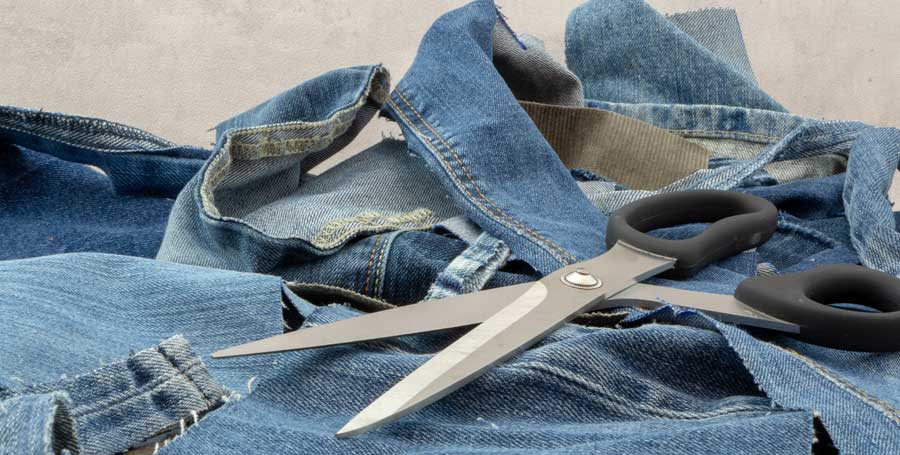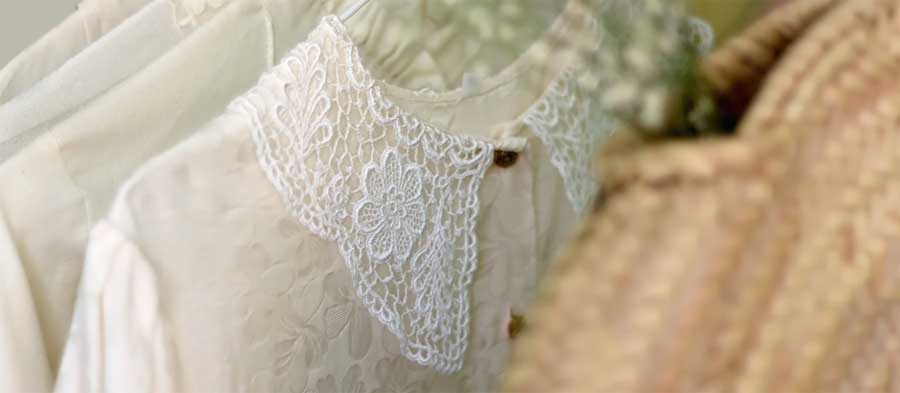Watch us Grow!
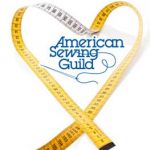 In 2020, while organizations throughout the country were struggling to simply maintain their membership, six ASG chapters increased their numbers by at least 10%!
In 2020, while organizations throughout the country were struggling to simply maintain their membership, six ASG chapters increased their numbers by at least 10%!
Winning Approach
One of those chapters was located in Jacksonville, FL and for their outstanding efforts, they won a FREE program provided by Singer-Viking-Pfaff (SVP). I interviewed Chapter President, Lois Kelly, and asked her to share the strategies that lead to this achievement during such trying times. She explained that the chapter planned several events at little or no cost. First, they promoted a “Bring a Friend” campaign. Historically, this kind of “invite-a-friend” approach tends to be the most effective way to introduce sewers to the American Sewing Guild and encourage membership. An invitation is a great way to make someone feel special and wanted and provides company to someone who may not ordinarily attend an event alone.
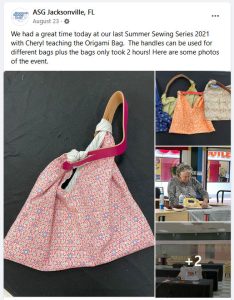 Another approach they shared was to refresh their Facebook posts at ASG Jacksonville, FL. When I looked at their past posts, I noticed that those earlier than 2020 were interesting, colorful, and inspiring, but the content leaned towards high fashion/historical/creative DIY. In refreshing the content, they transitioned to posting current projects created by their members. In a sense, earlier Facebook posts seemed like a fashion blog that would drive readership. More recent posts highlighted the activities and virtues of the chapter saying, “This is a community to join in person!”
Another approach they shared was to refresh their Facebook posts at ASG Jacksonville, FL. When I looked at their past posts, I noticed that those earlier than 2020 were interesting, colorful, and inspiring, but the content leaned towards high fashion/historical/creative DIY. In refreshing the content, they transitioned to posting current projects created by their members. In a sense, earlier Facebook posts seemed like a fashion blog that would drive readership. More recent posts highlighted the activities and virtues of the chapter saying, “This is a community to join in person!”
Also, some of the members are sewing teachers and they invited their students to look into ASG. This provided novice sewers the opportunity to bond in a group that shared their creative interests. Just these three small changes brought in new members—a 10% increase in the size of their chapter!
An Eye on the Prize
The chapter was delighted to win the speaker award and despite, or maybe because of a Covid world, they explored other innovative resources to run the presentation in an innovative way. One of the members got permission from her employer to use a large meeting room with professional-grade audio-visual equipment for the Zoom event. While a majority of the participants attended a socially distant in-person watch party of this hands-on workshop with a table for every person’s serger and supplies, others were able to watch from their homes. Attendees could work right along with the presenter, whether enjoying the camaraderie with other members or enjoying the presentation from the comfort of their sewing rooms. It was a great way to think outside of the box and provide chapter programming to their members that took into consideration the comfort levels of participants in this unprecedented time! SVP educator Katrina Walker hosted her Serger Stitch Savvy Workshop from her studio in Spokane, WA.
Katrina demonstrated how a basic 4-thread serger can create up to 18 different stitches, some of which are probably not shown in the user manuals. She introduced each stitch, discussed its application, and demonstrated how to set up the serger for it. Students were able to see pictures of Katrina’s sample garments and finished objects embellished with those stitches.
Katrina’s workshop classes are renown for the sample reference books that students build so they can look back at all the steps in the techniques. For this virtual workshop, Katrina provided the supply list and a blank reference page so students could make copies for each stitch taught in the class. Students took notes from Katrina’s demonstration, then set up their sergers and stitched samples to keep for their records.
 Once again, the chapter implemented the “Bring a Friend” approach and put flyers in local fabric stores. This brought 6 non-members to the event.
Once again, the chapter implemented the “Bring a Friend” approach and put flyers in local fabric stores. This brought 6 non-members to the event.
Congratulations to the Jacksonville Chapter for not only winning this free event, but for continuing to spread the word of ASG and bringing new friends into our family.
~Carolyn Chen





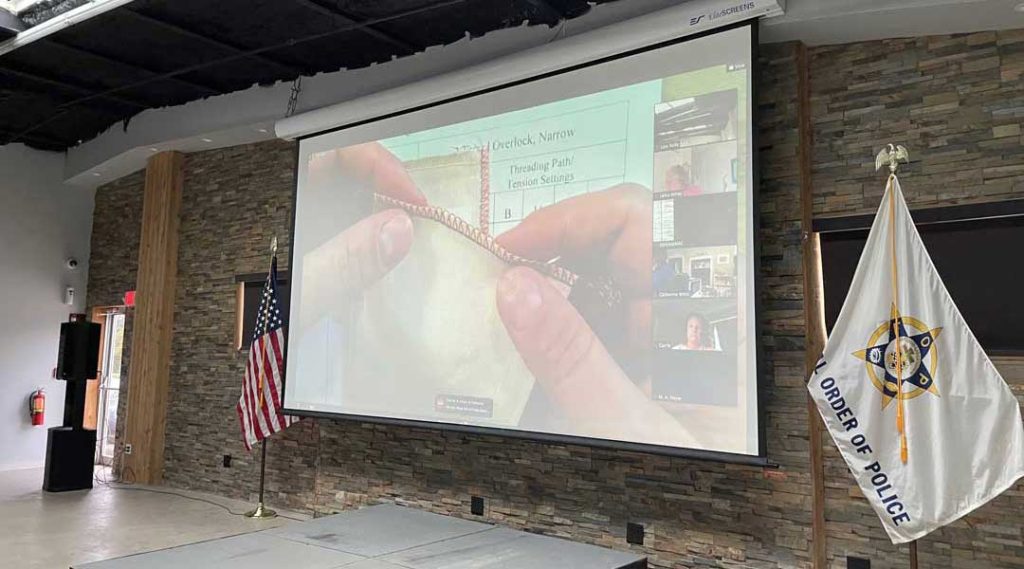
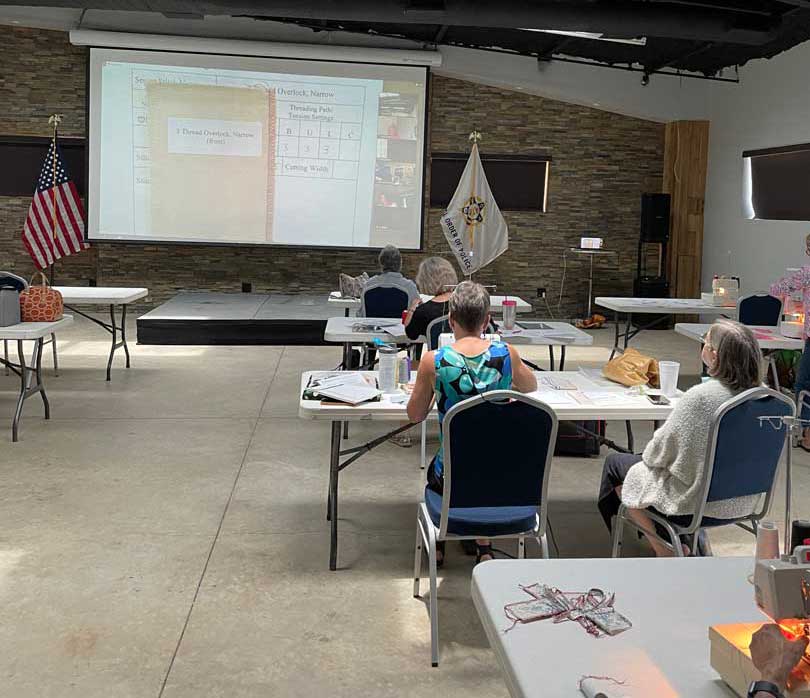
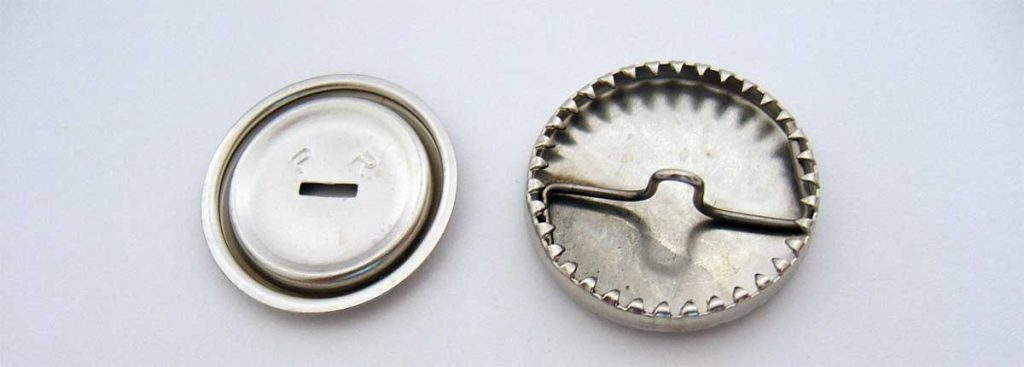
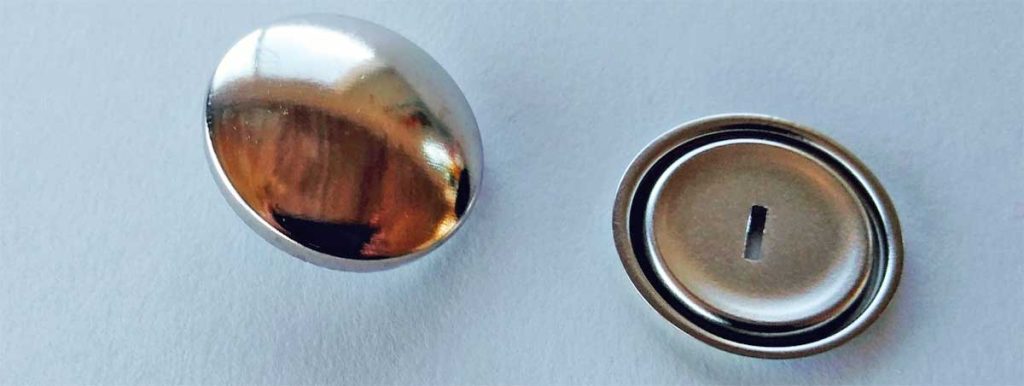
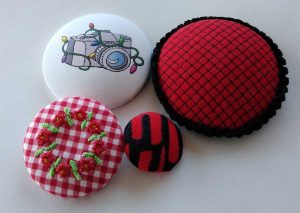
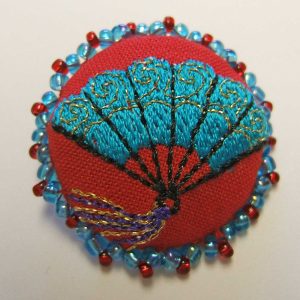
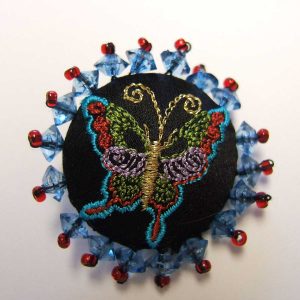
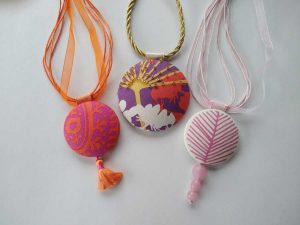
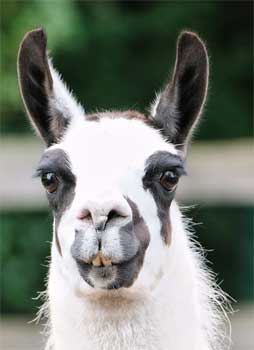 Llamas, part of the camel family, are typically found in South America. Their fine undercoat is typically used for garments, while the courser outer hairs are more commonly used in rugs, wall hangings, and ropes. Llama fiber is normally available in white, black, grey, brown as well as reddish-brown colors.
Llamas, part of the camel family, are typically found in South America. Their fine undercoat is typically used for garments, while the courser outer hairs are more commonly used in rugs, wall hangings, and ropes. Llama fiber is normally available in white, black, grey, brown as well as reddish-brown colors.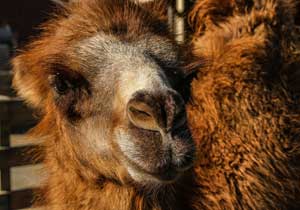 of Mongolia give the softest of camel hairs. China, Afghanistan, and Iran produce the most camel fibers in the world. Although most camel hair is left as its natural tone of golden tan, the hair can be dyed and accepts dye in the same way as wool fibers. Camel hair may be blended to create fabrics suitable for coats, outer sweaters, and underwear.
of Mongolia give the softest of camel hairs. China, Afghanistan, and Iran produce the most camel fibers in the world. Although most camel hair is left as its natural tone of golden tan, the hair can be dyed and accepts dye in the same way as wool fibers. Camel hair may be blended to create fabrics suitable for coats, outer sweaters, and underwear.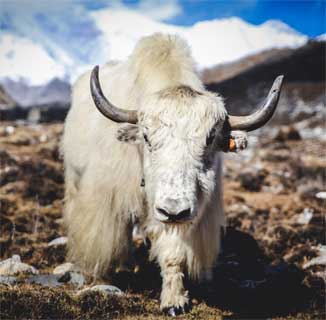 Yaks are largely found in the Himalayas in India and Tibet. The hair of the yak is very useful in the production of warm clothes, mats, and sacks due to its warmth and strength. Yak fiber wool has been used by nomads in the Trans-Himalayan region for over a thousand years to make clothing, tents, ropes, and blankets. More recently, the fiber started being used in the garment industry to produce premium-priced clothing and accessories
Yaks are largely found in the Himalayas in India and Tibet. The hair of the yak is very useful in the production of warm clothes, mats, and sacks due to its warmth and strength. Yak fiber wool has been used by nomads in the Trans-Himalayan region for over a thousand years to make clothing, tents, ropes, and blankets. More recently, the fiber started being used in the garment industry to produce premium-priced clothing and accessories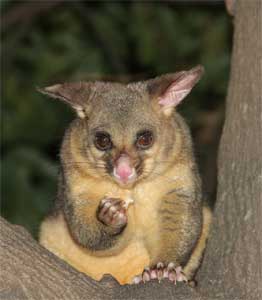 Brushtail possums are harvested under permit, and their soft pelts are plucked, shipped, spun and knitted into high-quality Australian apparel. There are tight regulatory controls over the harvest to ensure the possums were harvested correctly. It is commonly combined with other fibers, frequently Merino wool. When used to create Possum Merino knitwear, the combination of possum in the fabric leads to very lightweight garments. According to some sources, possum fur is 8% warmer and 14% lighter than wool.
Brushtail possums are harvested under permit, and their soft pelts are plucked, shipped, spun and knitted into high-quality Australian apparel. There are tight regulatory controls over the harvest to ensure the possums were harvested correctly. It is commonly combined with other fibers, frequently Merino wool. When used to create Possum Merino knitwear, the combination of possum in the fabric leads to very lightweight garments. According to some sources, possum fur is 8% warmer and 14% lighter than wool.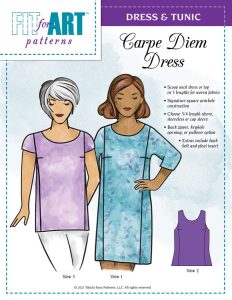
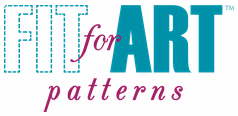
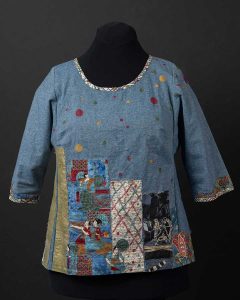
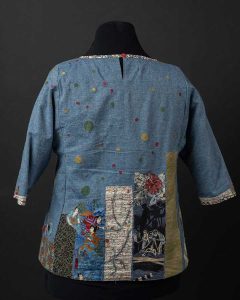
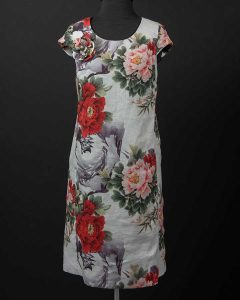
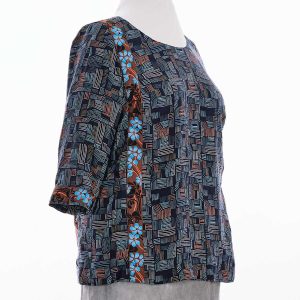
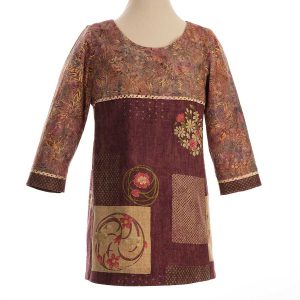
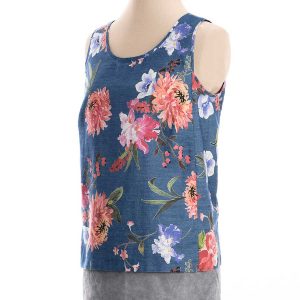
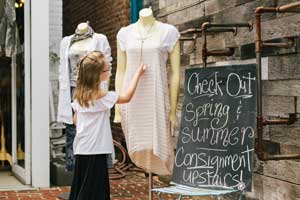
 Check for coupons and discount days, like 50% off a certain tag color or a senior discount. Some stores offer sales with a single fee for an entire bagful. Thousands of buttons can fit into a bag for a buck!
Check for coupons and discount days, like 50% off a certain tag color or a senior discount. Some stores offer sales with a single fee for an entire bagful. Thousands of buttons can fit into a bag for a buck!